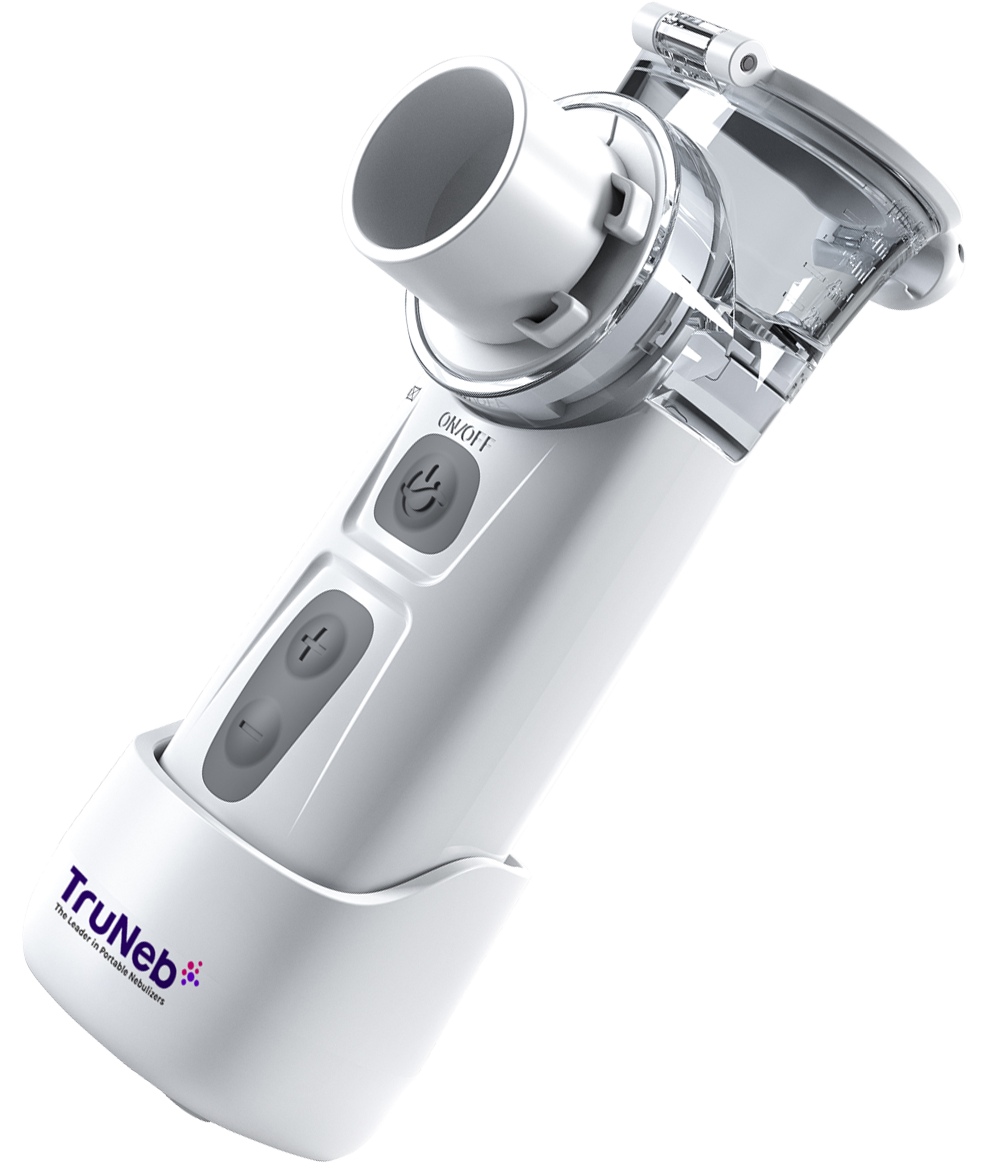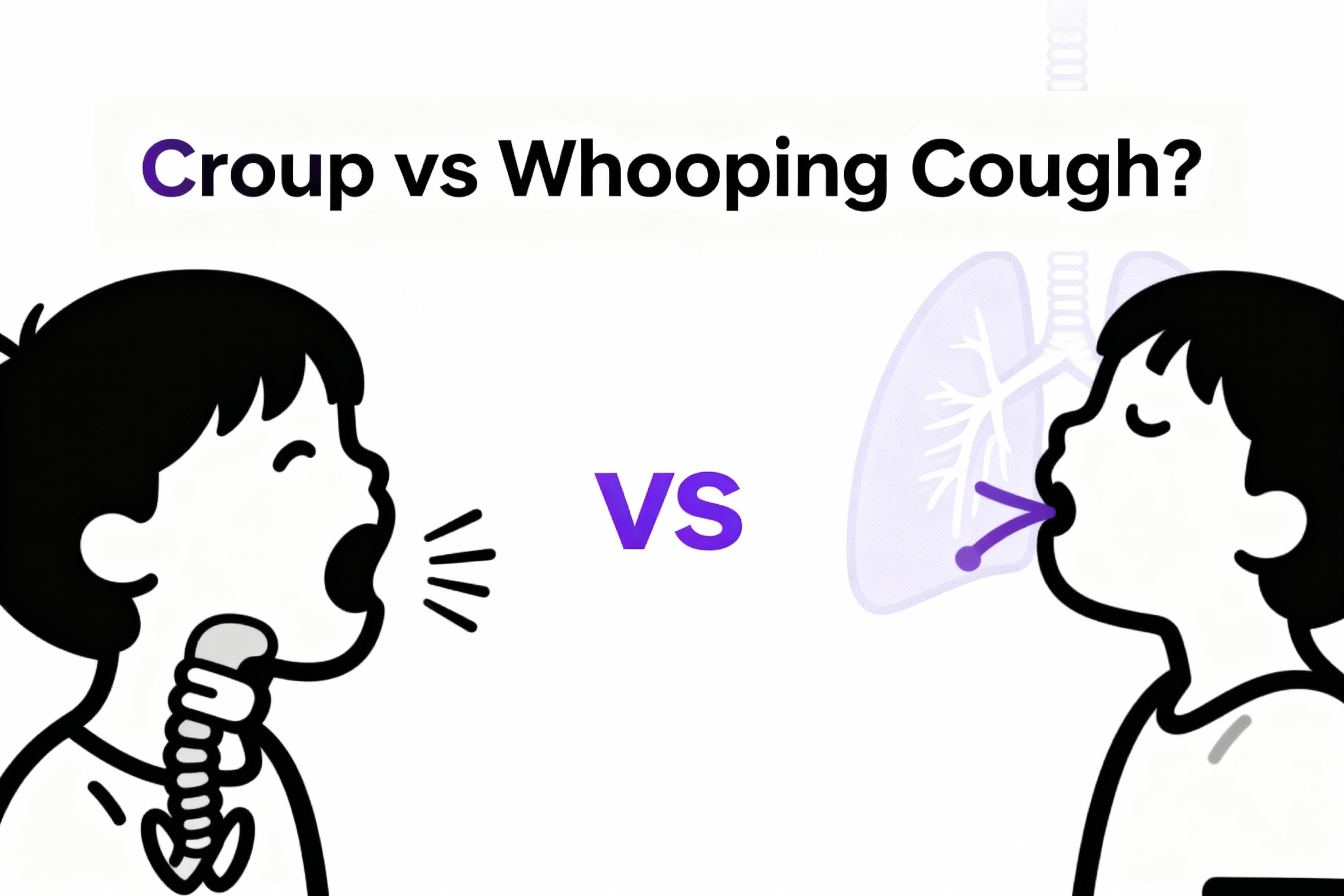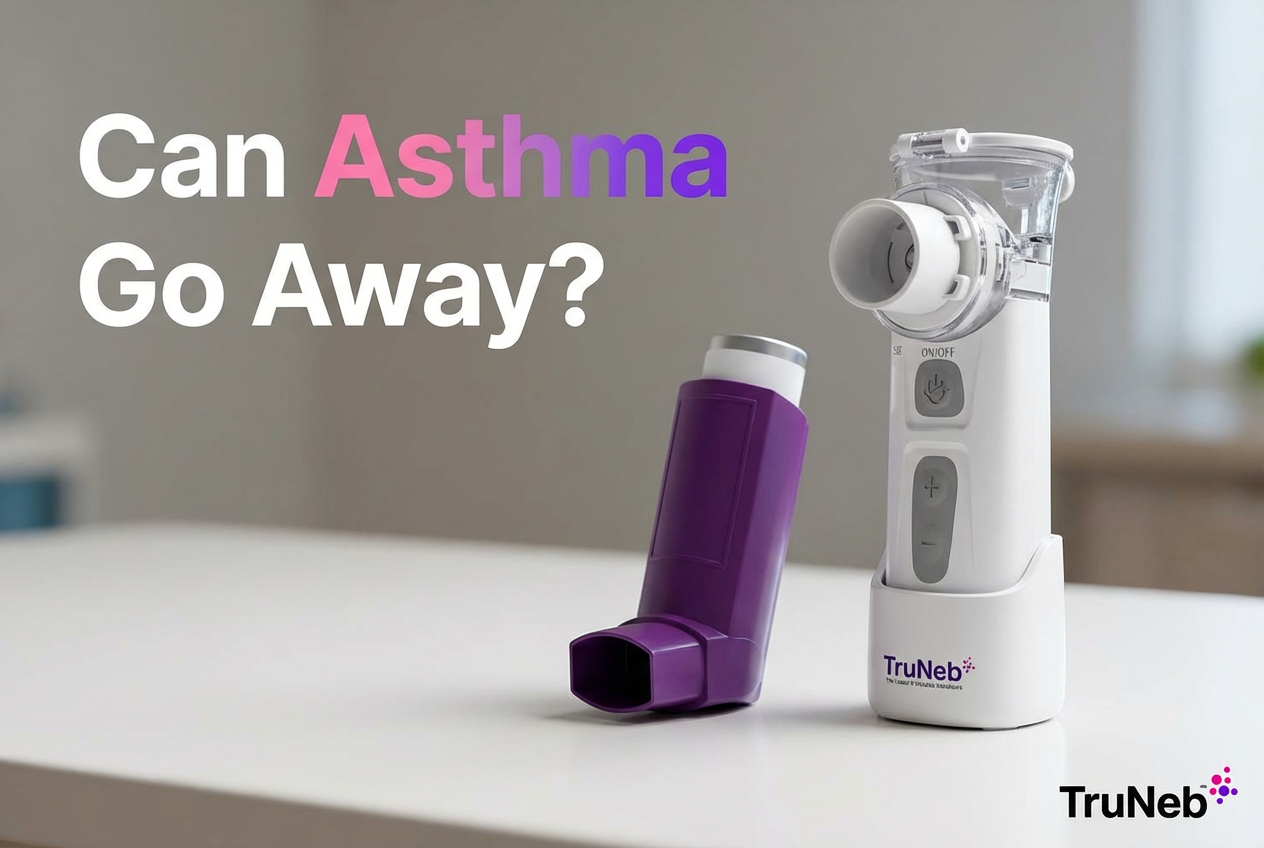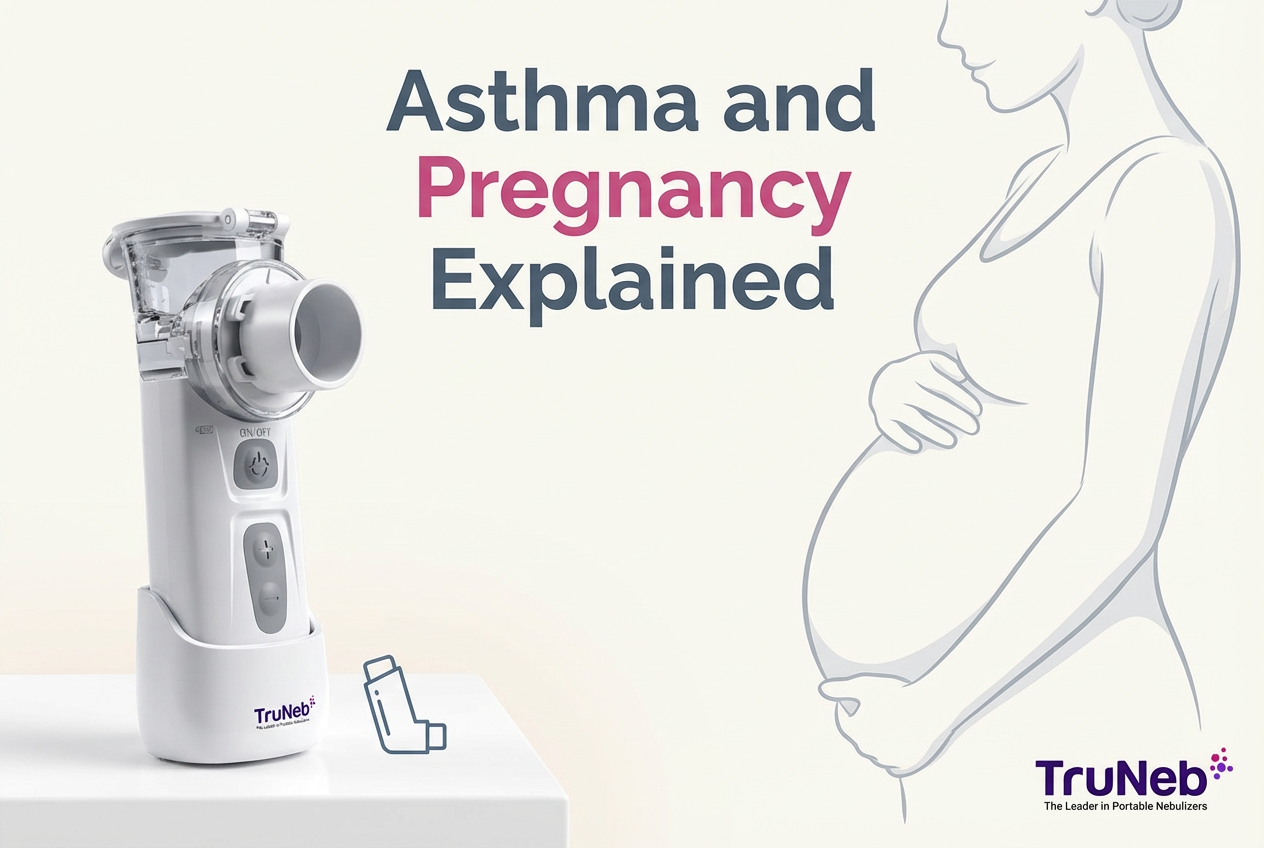On this page
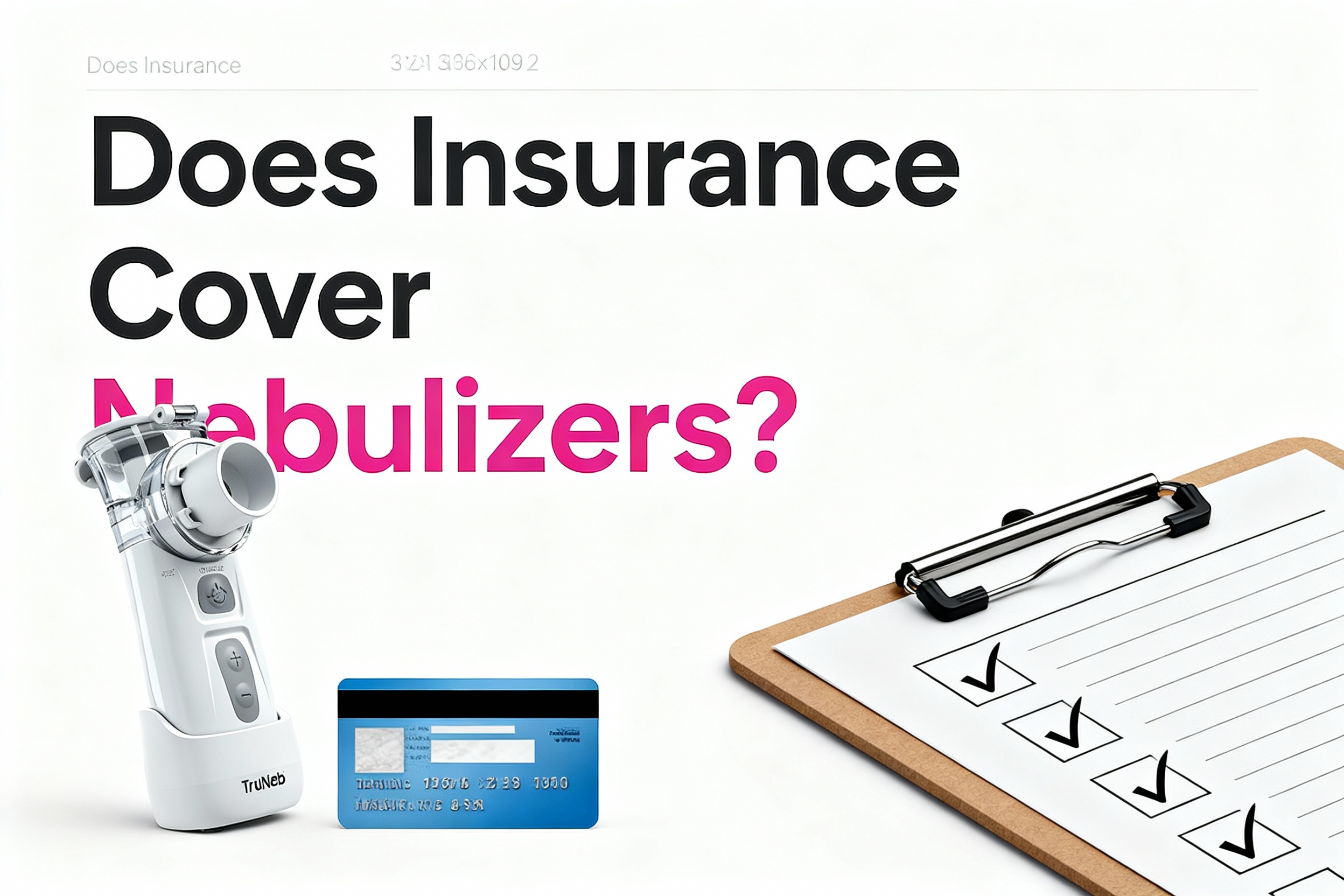
Insurance Coverage Basics for Nebulizers
Yes. Most health insurance plans cover a nebulizer machine as Durable Medical Equipment (DME) when your doctor says it’s medically necessary.
- A nebulizer is DME. Plans usually cover it if you have a qualifying condition and a prescription.
- Coverage details depend on your insurance type: Medicare, Medicaid, or a private plan.
- Plans typically cover the device and, in some cases, medication and supplies.
Nebulizers are covered as durable medical equipment when medically necessary. You need a doctor’s prescription; many plans also require prior authorization. Use an in-network or Medicare-enrolled DME supplier to avoid higher costs. “Steam inhalers” are not the same as prescription nebulizers.
You might see boxes labeled 'steam inhaler' — these are NOT nebulizers and aren’t for prescription breathing medicines.
One-liner: If your doctor prescribes a nebulizer for home use, your insurance will likely cover it under DME rules.

Medicare Coverage for Nebulizers
Medicare Part B covers nebulizers for home use when they’re medically necessary. You need a doctor’s prescription and a Medicare-enrolled DME supplier. After you meet your Part B deductible, Medicare pays 80% of the approved amount and you pay 20% coinsurance. If you have a Medigap plan, it commonly covers some or all of the 20%.
Your doctor’s order and, when required, a Certificate of Medical Necessity support approval.
Key notes:
- Standard home nebulizer is billed under HCPCS code E0570.
- Beneficiaries typically receive the device as a capped rental. After 13 months of continuous rental payments, you own it.
- Part B covers certain nebulizer medications used at home (like albuterol or budesonide) when used with the machine.
- Medicare Advantage plans must cover at least what Part B covers, but you’ll follow the plan’s network and prior authorization rules.
One-liner: Under Part B, expect 80/20 cost sharing after the deductible when a nebulizer is medically necessary.
Medicaid Coverage for Nebulizers
Medicaid usually covers nebulizers when a doctor says they’re medically necessary, but rules vary by state. States commonly require prior authorization and a prescription. EPSDT ensures children receive medically necessary devices.
- State-by-state differences in paperwork and supplier rules.
- Usually low or no copay.
- Your state Medicaid site or member services can confirm prior auth steps and in-network DME suppliers.
One-liner: Medicaid coverage is common, but the exact steps depend on your state’s policy.
Private Insurance and Nebulizers
Most employer and Marketplace plans cover nebulizers under DME when medically necessary. The details vary by plan.
Common rules to check:
- In-network DME supplier requirement
- Prior authorization
- Deductible, copay, or coinsurance for DME
- Doctor’s notes that explain why you need a nebulizer (for example, trouble using inhalers or severe asthma/COPD)
Some plans first ask you to try a handheld inhaler; if it isn’t effective or practical, they approve a nebulizer with your doctor’s documentation. If you haven’t met a high deductible, you could pay more upfront until it’s met.
One-liner: Private plans cover nebulizers, but pre-authorization, network suppliers, and your deductible can affect your cost.
| Insurance type | Covered? | Basic criteria | What you may pay | What to do |
|---|---|---|---|---|
| Medicare Part B | Yes (DME) | Doctor prescription; medical necessity; Medicare-enrolled DME supplier; HCPCS E0570 | 20% coinsurance after Part B deductible; Medigap may cover | Usually a capped 13‑month rental; then you own it |
| Medicaid | Generally yes | Medical necessity; state rules; prior authorization common; EPSDT for kids | Low or no copay (varies by state) | Follow state prior auth and in‑network supplier rules |
| Private/Employer/Marketplace | Usually yes (DME) | Prescription; medical necessity; prior auth and in‑network DME often required | Plan‑dependent: deductible, copay or coinsurance | Verify DME benefit and pre‑auth; use in‑network supplier |
Note: Coverage details differ by plan and state. Confirm requirements with your insurer before ordering.
Who Qualifies for a Nebulizer? (Eligibility Criteria)
Insurers look for medical necessity documented by your doctor. Common qualifying reasons include:
- Asthma: Especially in children or adults with severe symptoms, or when inhalers aren’t enough.
- COPD: Moderate to severe disease needing regular nebulized bronchodilators.
- Cystic fibrosis or bronchiectasis: Regular airway clearance or nebulized medicines.
- Weakened immune system needs: For example, inhaled medicines to prevent or treat certain infections.
- Serious lung infections: Ongoing home treatments after discharge.
- Trouble using handheld inhalers: Young children, older adults, or people with coordination or grip limits.
One-liner: A doctor’s prescription that clearly states why a nebulizer is necessary is the key to coverage.
How to Get a Nebulizer Through Your Insurance
- See your doctor: Get evaluated and request a prescription if needed.
- Call your plan: Ask about DME coverage, prior authorization, and in-network suppliers.
- Share documents: Your doctor or supplier can submit a prior authorization and any required forms (such as a Certificate of Medical Necessity).
- Pick an approved DME supplier: Medicare-enrolled or in-network for your plan.
- Receive the device: Learn how to use and clean it; confirm if it’s a rental.
- Plan for refills and parts: Ask how to replace masks, cups, tubing, and get medicine.
One-liner: Prescription, prior auth (if needed), and an approved supplier are the three big steps.
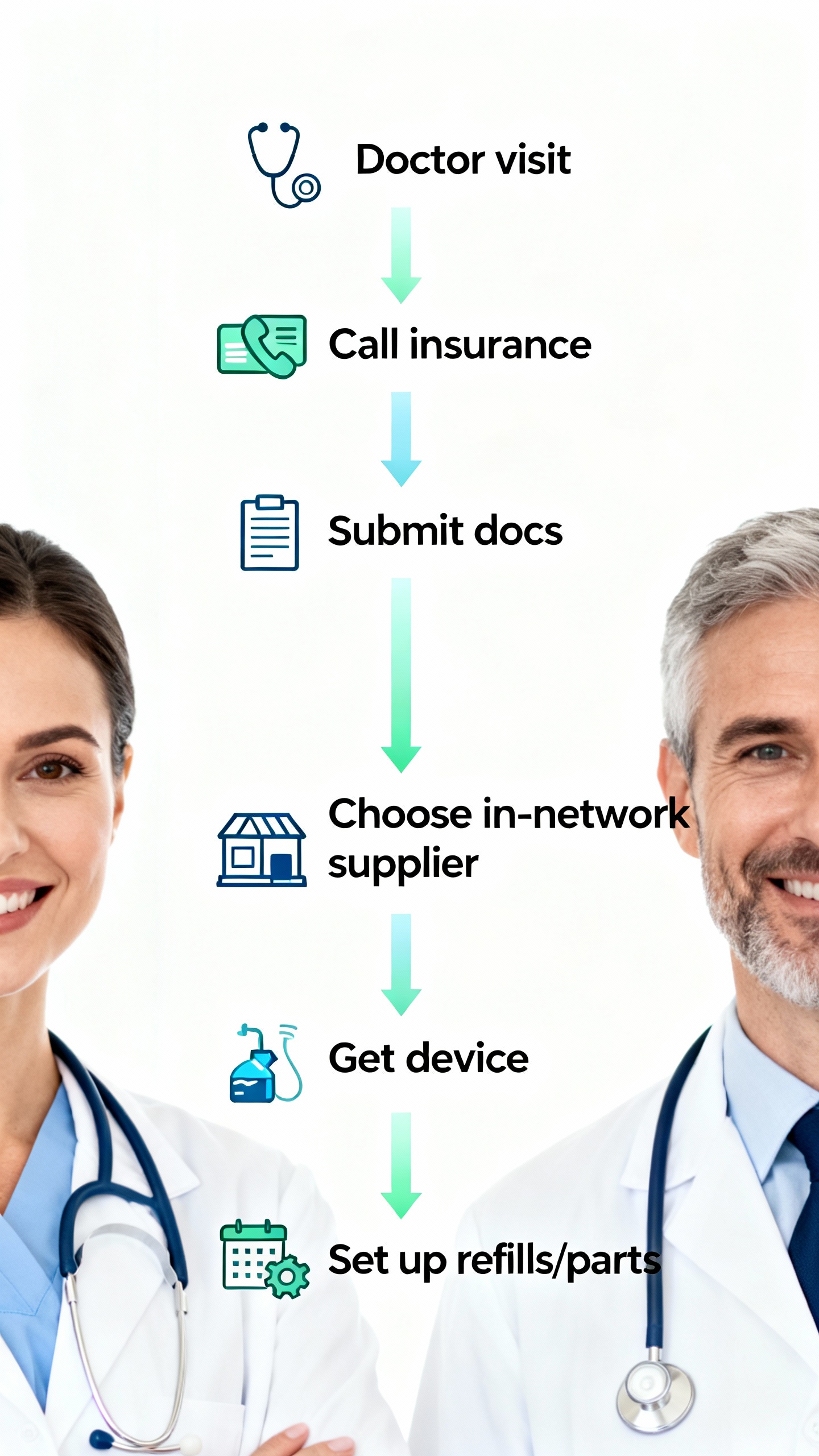
Nebulizer Costs: Insurance vs. Out-of-Pocket
- Medicare: After the Part B deductible, Medicare pays 80% of the approved amount; you pay 20%. Example: if the approved cost is $100, you pay $20. Medigap can cover that $20.
- Private plans: Costs vary. If you have a high deductible, you could pay more upfront until it’s met. After that, you might owe a copay or coinsurance (for example, 10% or 20%).
- Medicaid: Usually low or no copay, depending on the state.
- No insurance: Basic home nebulizers typically retail around $50–$150. Costs vary by drug and pharmacy.
Tip: You can typically use FSA/HSA funds for a nebulizer and supplies.
One-liner: Insurance can reduce device and medicine costs, but your deductible and plan rules matter.
Nebulizer Medications and Supplies – What’s Covered?
- Medications: Medicare Part B covers certain inhalation medications (like albuterol, ipratropium, budesonide) when used with a covered nebulizer at home. Private plans usually cover these through the pharmacy benefit with a copay. Medicaid typically covers needed medicines with minimal or no copay.
- Supplies: Nebulizer kits, masks, cups, tubing, and filters need regular replacement. Plans typically follow a set schedule for replacements. Filters are small parts some machines use; insurers commonly cover replacements. Ask your supplier about timing.
- Replacement machines: Insurers typically treat a nebulizer’s useful lifetime as about five years. If the device breaks after that and you still need it, a replacement is commonly covered.
One-liner: Coverage typically includes the device, medicine, and routine replacement parts when medically necessary.
Safety note: Talk to your doctor before trying a new medication or changing your treatment plan. Nebulizer prescriptions and settings should be tailored to you.
⚠️ If you have severe trouble breathing, bluish lips/face, chest pain, or confusion, call 911 or seek emergency care right away.
Tip: A portable nebulizer like TruNeb™ can help keep treatments on track when you’re away from home. Check with your plan to see if a portable unit is covered or if a standard unit is required.
Frequently Asked Questions
Tap or click a question below to see the answer:
Yes. All plans require a doctor’s prescription or order to show medical necessity. Your doctor and the DME supplier typically submit the paperwork to your insurer.
Usually, but some plans only cover a standard tabletop unit unless your doctor explains why a portable is necessary. Medicare and private plans can approve portable units when clearly needed. Otherwise, you may pay the difference.
Ask for the reason. It could be missing documents or a medical necessity question. Work with your doctor to submit more details and file an appeal. Denials are often overturned when paperwork is complete. If you need a device right away, ask about loaners and check retail prices for a basic unit.
Usually yes. Medicare Part B covers certain medicines when used with a covered nebulizer at home. Private plans typically cover medicines under your pharmacy benefit. Most insurers also cover replacement kits, masks, and tubing on a set schedule.

